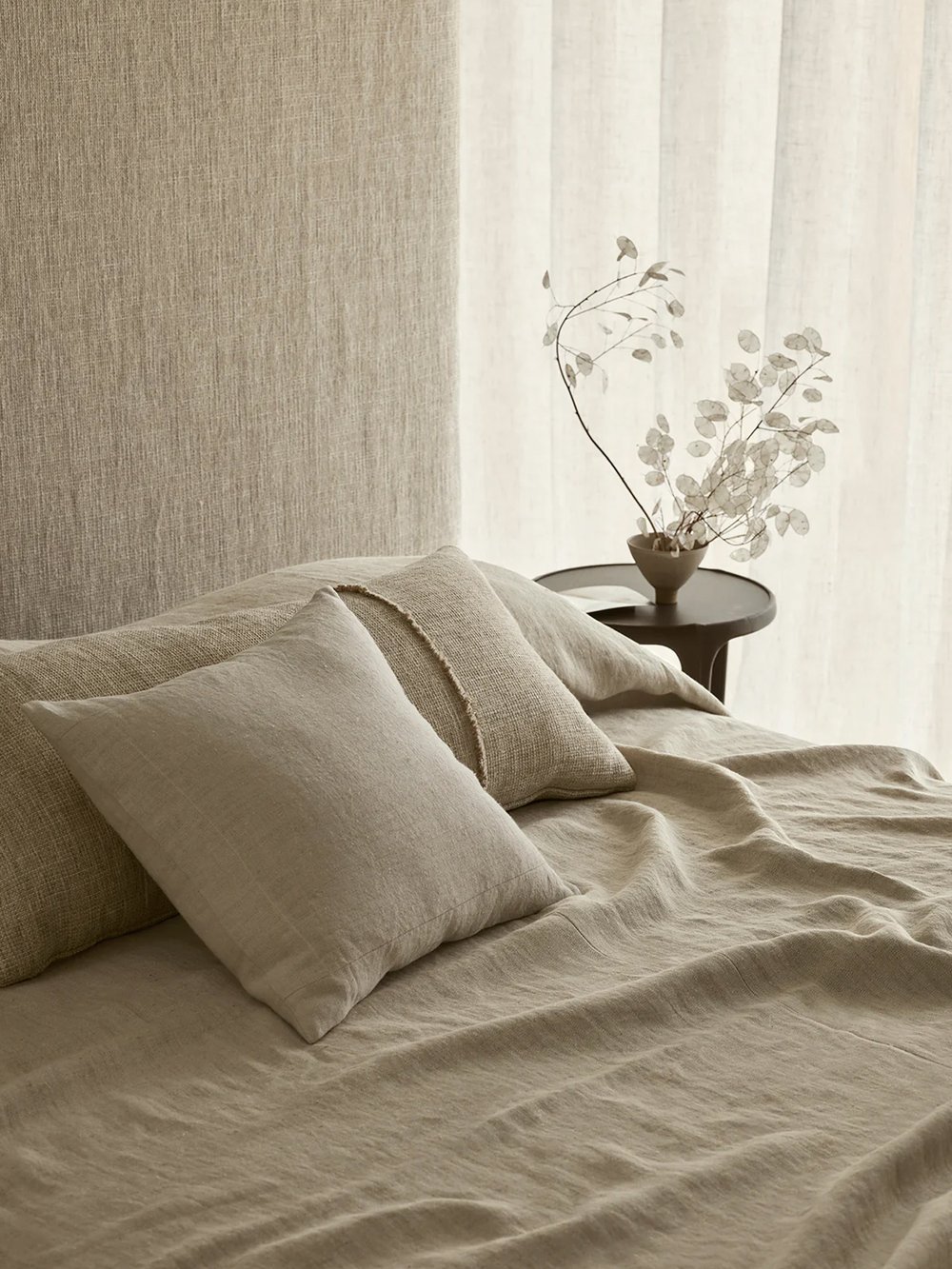What steps can you take to reduce exposure in the home?
Informed product choices:
The best way to reduce exposure within the home is to choose low-VOC or non-VOC products. Mineral paints, for example, emit far fewer VOCs into the air than many alternatives on the market.
Ventilation:
Increase ventilation in your home by opening windows and using exhaust fans, especially during and after activities that may release VOCs, such as painting, cleaning or using household chemicals. Proper ventilation helps to dilute indoor air pollutants and improve air circulation.
Air purifiers:
Consider using air purifiers with activated carbon or HEPA filters to help remove VOCs and other airborne contaminants from indoor air.
Give materials time to off-gas:
Allow new furniture, carpets, mattresses and other VOC-emitting products to off-gas in a well ventilated area before bringing them into your home. This can help reduce initial VOC emissions and minimize exposure.
Alternative cleaning product options:
Opt for natural cleaning alternatives, such as vinegar, baking soda or lemon juice, instead of harsh chemical cleaners that contain VOCs. Many natural cleaning products are effective, eco-friendly and safer for indoor air quality.
Bring nature in:
Cultivating certain indoor plants, such as spider plants, peace lilies and snake plants, can help absorb VOCs and other indoor air pollutants.









